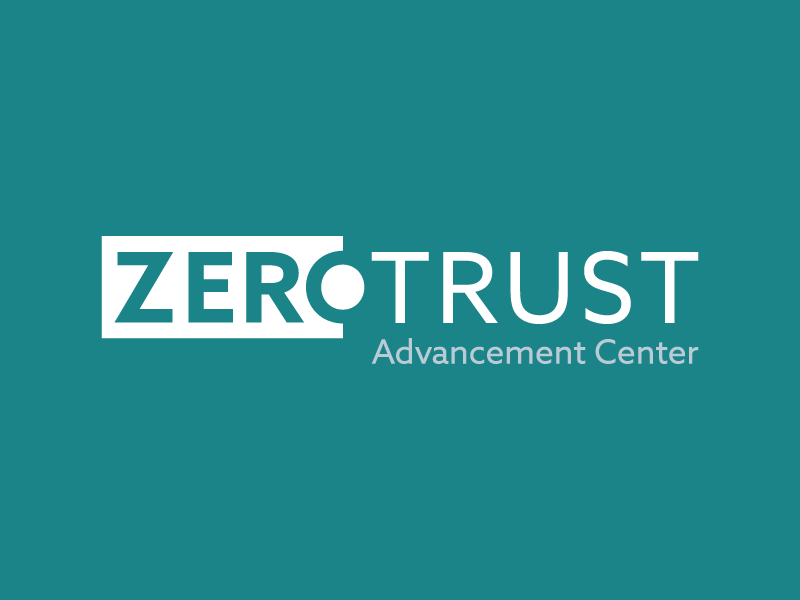The Commercial Integration of Quantum Technology
Blog Article Published: 07/21/2023
Implications of Quantum’s Mass Adoption
Written by Cory Missimore of the CSA Quantum-Safe Security Working Group.
Reviewed by Mehak Kalsi and Bruno Huttner.
The adoption of new technologies is critical in meeting new business needs. As seen in the COVID-19 pandemic in 2020, companies had to quickly adopt a variety of remote work technologies to ensure that operations were not completely abandoned. Quantum technologies might follow the same path. With the advancement of quantum technologies and the growing list of solvable problems, governments, companies, and even regular users will soon be adopting quantum technologies into their everyday activities. Supported by new ventures and government-sponsored partnerships, the barrier for adoption of quantum technology will be lowered.
Leading Quantum Hardware Companies
This then leads to the question, how soon will it be until quantum computers are not only commercially available, but also adopted? To answer the first question, one can take the example of IBM’s Q System One and Qiskit Runtime. Similar to how users can leverage services of AWS, Microsoft, or Google as cloud service providers, in the future, users will be able to access Q System One and run quantum algorithms and solutions online. Qiskit Runtime is a quantum computing service and programming model for building, optimizing, and executing workloads at scale.
Source: IBM Quantum Computing | Roadmap
They are not the only ones. Some other quantum companies offer similar services today, and many others will do the same soon. Fujitsu, based in Japan, plans to jointly sell 64-qubit quantum computers with the Riken research institute. Fujitsu is marketing its product to medical and materials researchers and financial forecasting companies. China-based Origin Quantum has raised the most startup funding at $148.2 million to develop its 1,024-qubit quantum processor by 2025. The sector is slated to grow to $8.6 billion in 2027, up from $412 million in 2020.
Funding for Quantum Hardware
In a recent McKinsey and Company report, it is stated that most venture capitalist companies fund generally five areas of quantum technology: components, hardware, system software, applications, and services. While component manufacturing or application software companies are the most frequent recipients of VC funding, quantum computer hardware manufacturing companies receive the largest amount of VC funds.
While some companies and users are more prone to adopt technologies for their desired use cases, others are not. This is often referred to as the technology adoption lifecycle (TAL). The TAL is a straightforward way to understand how companies and users may respond to new technologies and their rate of adoption.
Rate of Adoption of New Technologies
Historically, the rate a product is generated and becomes adopted into the market is increasing. Ten years ago, automotive designs took 60 months to be adopted. Now the rate of the automotive design lifecycle is 24-36 months. In 2019, the New York Times published a chart (above) indicating common household technologies’ creation dates and market saturation dates. As depicted, telephones took decades before they reached roughly 50% of US households in 1945, where it took only roughly a decade for cellphones to reach the same level. Technologies introduced today are even more readily adopted and used, as seen by the feverish adoption and market growth of generative AI tools.
Businesses are leveraging AI and ML at an alarming rate, as seen with Microsoft’s Copilot and Google’s Barn. A worldwide survey in 2020 that asked numerous questions, including “Does your current employer incorporate machine learning methods into their business?”, indicated that less than 17% of US companies have not adopted AI or ML into their business operations or capabilities. If corporations or governments want to keep a competitive advantage, they will need to move faster to capture those opportunities that present themselves.
Full Value Creation
While quantum computing’s transformative value is still several years away, enterprises should invest now into their capabilities. Early adopters will gain expertise and reduce technological gaps that will put them at a structural advantage as quantum technology gains commercial traction. This traction is unlikely to be a smooth adoption, but one of fits and bursts. Therefore, the ones that invest now and prepare will have the most to gain.
Once full-scale tolerance is achieved, quantum computers will affect a broad array of industries. Quantum computers can reduce trial and error and improve automation across industries, such as the use of silico drug discovery (or computer aided molecular design), and provide risk-driven high-frequency trading strategies. With all of this promise, it’s of little surprise that the value creation numbers get rather large over time. Quantum computing has the potential to generate income of $450 billion to $850 billion by 2050.
Source: Where Will Quantum Computers Create Value—and When? (bcg.com)
Exactly when a company will fully realize the benefits of quantum computers will depend on its technical capabilities and its business mission. Pharmaceutical companies are but one example of an industry that generally has a strong footprint in R&D and will be among the first to take advantage of emergent quantum computers, hit-to-lead, and also in lead optimization.
While this seems true for corporations, what about the end user? Users adopt technology based on five categories: innovators, early adopters, early majority, late majority, and laggards. As their names suggest, technology is adopted at different rates depending on what group an individual aligns with. Innovators and early adopters can already utilize some quantum computer technology via IBM and other larger companies. Others will probably wait until the technology is more mature and well-understood.
When certain technologies are created, early adopters are the clear winners. This can be seen with companies in the early 2010s that embraced new technologies and capabilities such as remote communications (Zoom, Slack, Teams, etc.) and the cloud. While the direct tangible benefits from quantum technologies are yet to be realized by the general community, it is clear that investing in quantum technology hardware and capabilities is a safe bet.
Related Resources



Trending This Week
#1 The 5 SOC 2 Trust Services Criteria Explained
#2 What You Need to Know About the Daixin Team Ransomware Group
#3 Mitigating Security Risks in Retrieval Augmented Generation (RAG) LLM Applications
#4 Cybersecurity 101: 10 Types of Cyber Attacks to Know
#5 Detecting and Mitigating NTLM Relay Attacks Targeting Microsoft Domain Controllers
Related Articles:
The Future of Cloud Cybersecurity
Published: 04/29/2024
Preparing for the Era of Post-Quantum Cryptography
Published: 02/14/2024
Getting a Handle on Your Crypto Assets to Prepare for PQC
Published: 02/12/2024
Defining 12 CSA Research Topics
Published: 02/09/2024


.png)



